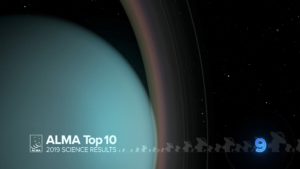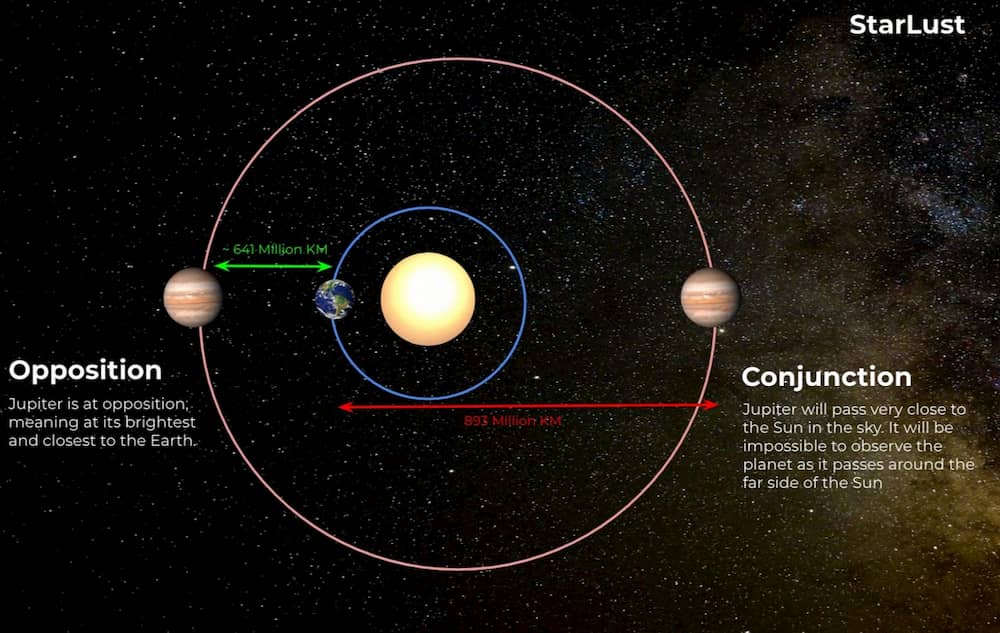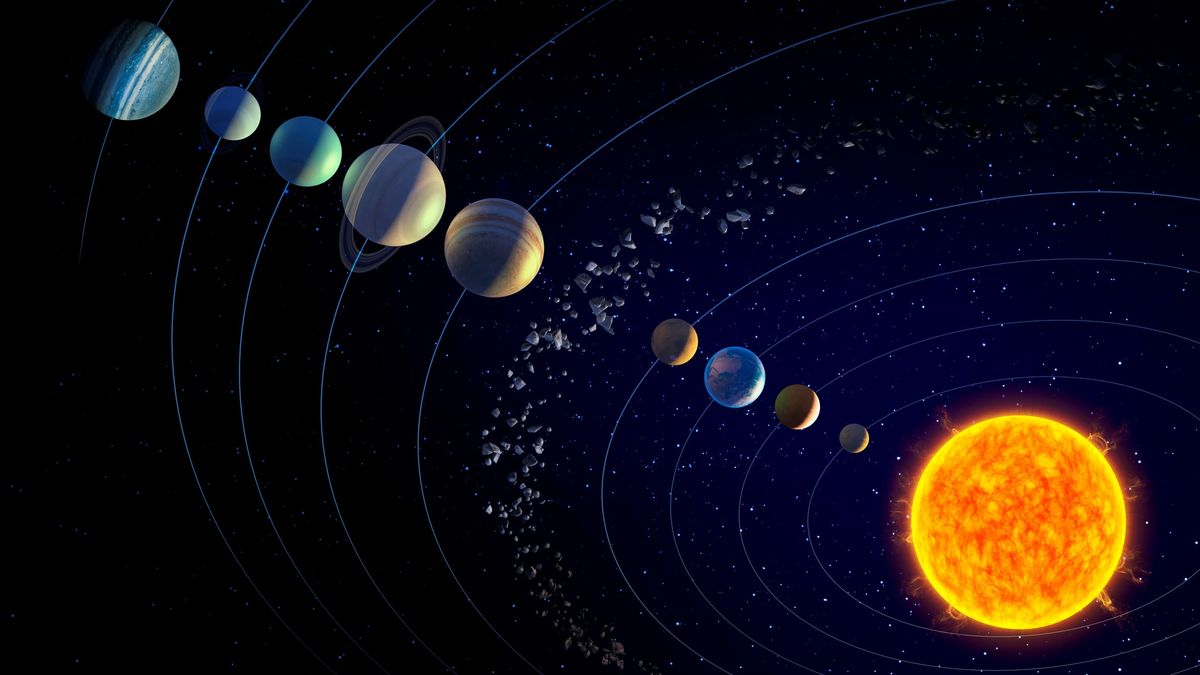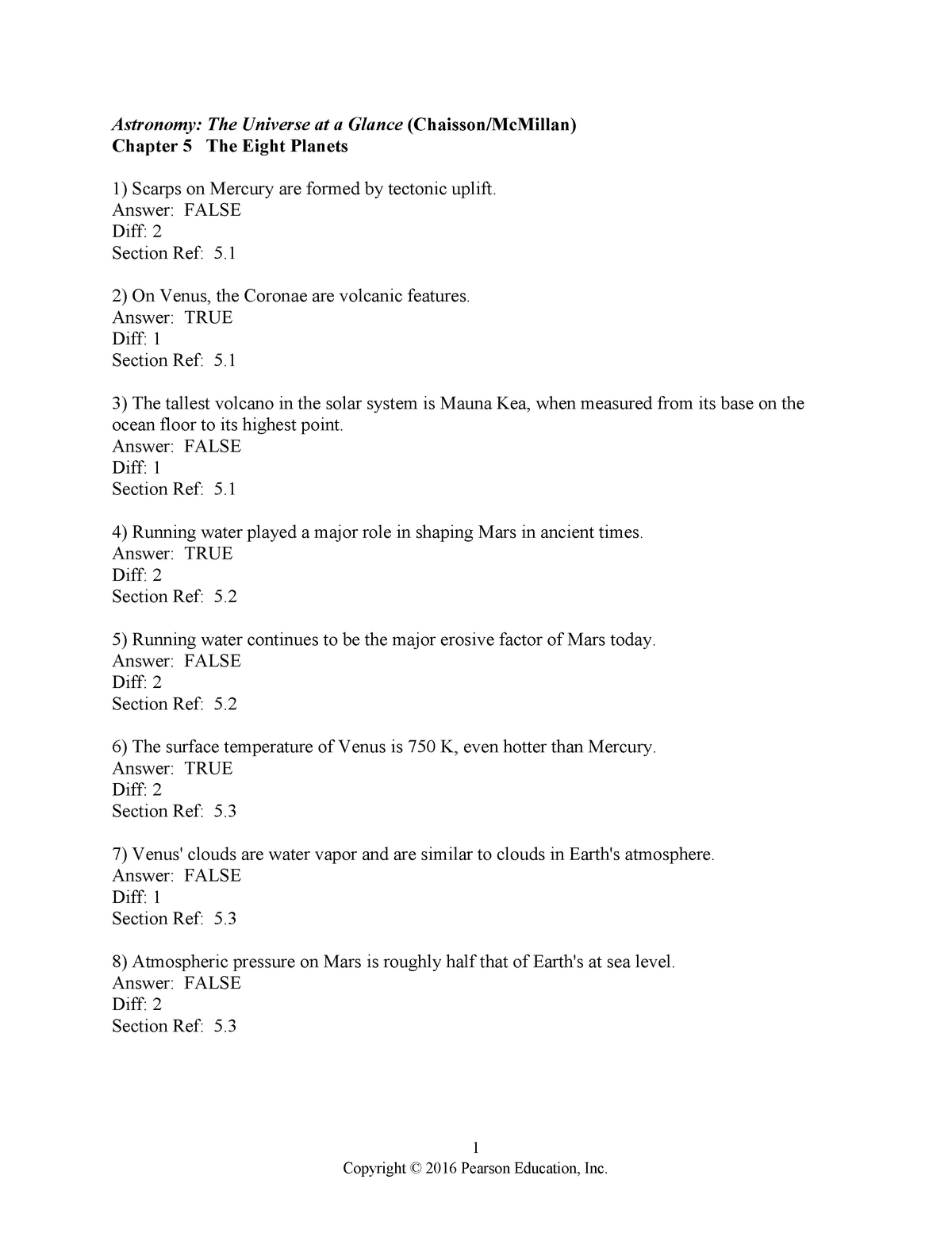The Belts of Jupiter Are Best Described as Follows
Its a HUGE region of space beyond Neptune. The belts of Jupiter are best described as follows.

A Question About The Shape Of The Asteroid And Kuiper Belts National Radio Astronomy Observatory
It contains smaller bodies that scientists think are pieces left over from the formation of the Solar System.
. The belts of Jupiter are best described as. Their mean distances from the Sun are all less than that of Jupiter. Its overall shape is like a puffed-up disk or donut.
Fairly low eccentricity orbits with semimajor axes between the orbits of. The Kuiper Belt is one of the largest structures in our solar system others being the Oort Cloud the heliosphere and the magnetosphere of Jupiter. B turbulent regions with no organized circulation pattern.
High eccentricity orbits with semimajor axes between a few hundred and a few hundred thousand AU c. C names for different cloud layers on Jupiter. Their orbits take them closer to Mars orbit than to Jupiters orbit.
37 Which of the following best describes the composition of the particles forming Saturns rings. Jupiter radiates back into space about twice the energy it gets from the sun. Which of the following best states how scientists know that the Kuiper Belt is part of our solar system.
The luminous celestial body around which Earth and other planets revolve and from which they receive heat and light. 38 Which moon around Jupiter is considered likely to. Which of the following statements is NOT true in describing the orbits and locations of these particular main belt asteroids.
A regions of upward moving material and high pressure. A regions of upward moving material and high pressure. E A saltwater ocean was discovered on Jupiter16 The belts of Jupiter are best described as follows.
Rea where a thin band of icy objects orbit the Sun past Jupiters orbit C. Their mean distances from the Sun are all less than that of Jupiter. Regions of downward moving material and low pressure.
The force that causes objects with mass to attract one another. The belts of Jupiter are best described as follows. A ball of gas in space that produces its own light and heat.
The Kuiper Belt is a region beyond Neptune that is 55 astronomical units AU from the Sun. The Sun is the only celestial object that has a gravitational pull. The spacecrafts probe measured windspeeds in Jupiters atmosphere.
They all have elliptical orbits. The belts of Jupiter are best described as follows. 16 The belts of Jupiter are best described as follows.
The gravitationally-curved path of an object around a point in space. Choose the best answer that describes the Kuiper belt. How does the heat Jupiter radiates compare to the energy it gets from the sun.
Which of the following best describes the orbits of Kuiper Belt Objects. Together which two gases make up 99 of Jupiters atmosphere. A alternating bands of rising and falling air at different latitudes.
An area outside the orbit of where possibly another. Together which two gases make up 99 of Jupiters atmosphere. Regions of downward moving material and low pressure.
The belts of Jupiter are best described as follows. Moderately eccentric orbits with semimajor axes between 30 and a few hundred AU b. B turbulent regions with no organized circulation pattern.
The belts of Jupiter are best described as follows. An area outside Neptunes orbit where an estimated 200 dwarf planets may exist D. The Suns chemical composition makes it attract planets.
Which of the following statements best describes the general orbital characteristics of the asteroids. A Water ice B Metallic grains C Methane ice D Volcanic rock E Hydrogen gas. Play this game to review Science.
The belts and zones of Jupiter are. Regions of downward moving material and low pressure. Regions of downward moving material and low pressure.
The belts of Jupiter are best described as follows. Regions of downward moving material and low pressure. Asked Sep 23 2016 in Physics Space Science by Manda.
Asked Sep 23 2016 in Physics Space Science by SeriousSam. Alternating zones of rising and sinking gas in Jupiters atmosphere. Which of these spacecraft did not go to Jupiter.
Their orbits take them closer to Mars orbit than to Jupiters orbit. An area between the orbits of Mars and Jupiter where 200 dwarf planets may exist B. B cyclonic and anticyclonic storms.
The Sun is the most massive object in our solar system so it exerts the greatest gravitational pull. D alternating regions of charged particles in Jupiters magnetic field. Only celestial bodies that emit light like the Sun can be at the center of an orbit.
A Water ice. Metallic hydrogen swirling in the planets interior. Mauve feels she should stay with Juno Designs because her retirement benefit increases during her later years of service as opposed to her initial years of service.
Their orbits occasionally carry them into Jupiters orbit.

How To Observe Jupiter Through A Telescope With Images

11 1 Jupiter S Atmosphere Physics Libretexts

Nasa S Juno At Jupiter Latest News And Biggest Discoveries Sky At Night

12 Asteroid Belt Facts Location Distance More Odyssey Magazine

How To Observe Jupiter Through A Telescope With Images
What Would A Calendar On Jupiter Look Like Quora
What Would Happen If Jupiter Was In The Earth S Position And Earth Switched Places With Europa So We D Become Jupiter S Moon At Earth S Orbit Quora
Name Astronomy Ch Jupiter Quiz Stjohns Chs Org

Saturn Takes Center Stage Astronomy Com

Global Changes In Jupiter S Structure September 1996 Top Left And Download Scientific Diagram

Pdf Seasonal Changes On Jupiter 1 Factor Of Activity Of The Hemispheres

First Look At Jupiter S Synchrotron Emission From Juno S Perspective Santos Costa 2017 Geophysical Research Letters Wiley Online Library

Solar System Planets Order And Formation A Guide Space

Comments
Post a Comment